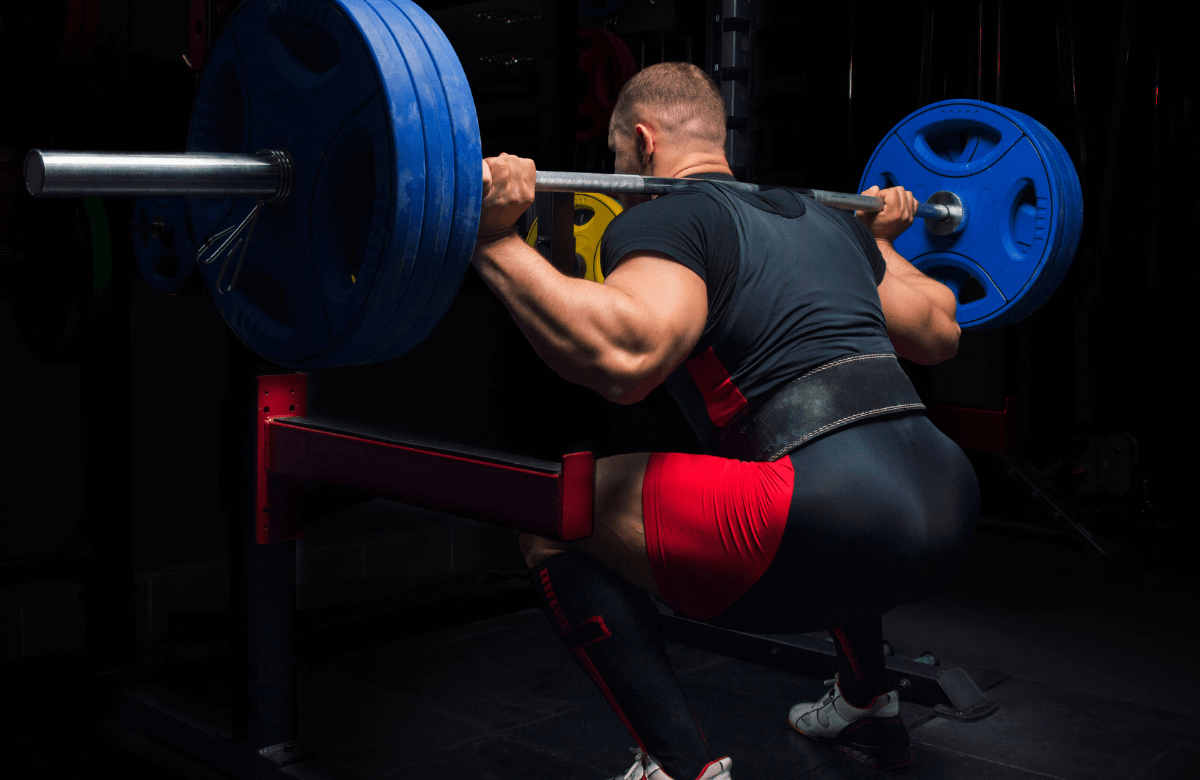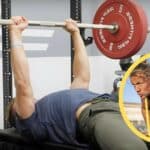Depending on your experience level, it’s plausible to say you’ve either tried a lifting belt or you’ve always wanted to, but weren’t sure how they could help you. Luckily today you’ve come to the right place. We’re going over the essential elements of buying and using a weightlifting belt, along with the benefits and when you need a belt and when you don’t.
Jump to:
First Off, What Is The Purpose of Weight Lifting Belts?
Reduced Stress On The Spine
It’s been proven that wearing a belt during weight lifting can increase intra-abdominal pressure by up to 40-50 percent. Imagine intra-abdominal pressure like inflating a balloon inside your abdominal cavity. The internal pressure in the abdominal cavity pushes on the spine to support it from the inside, while the core muscles in the abdominal wall and lower back push on the spine from the outside. This pressure stabilizes the spine and reduces the stress it receives.
Better Body Biomechanics
Wearing a lifting belt reduces the amount of spinal flexion (forward bend at the spine), spinal extension (bending back of the spine), and lateral flexion of the spine (bending side to side). However, it does the opposite for your knees and hips by increasing flexion. This means a weightlifting belt forces you to lift more with your legs instead of your back, which is the desired biomechanical position you want to use when lifting something from the ground to avoid the risk of injury.
Better Performance Results
There was a study done that found that wearing the belt allowed lifters to squat an average of 10 pounds more than when they weren’t wearing the belt. Other studies have reported that the speed of the reps performed on the squat was about 10 percent faster when subjects wore belts versus when they didn’t. Elite athletes have said that their max weight load goes up 5-15 percent in 1-2 weeks when using a lifting belt, which is a giant improvement!
A study by Pubmed.gov done by J E Lander, J R Hundley, and R L Simonton explained that wearing a lifting belt during squats increases the muscle activity of the quadriceps and hamstrings muscles. Having greater muscle activity during an exercise can help promote muscle growth in the long run and also increase the lifting speed.
So, needless to say, lifting belts provide real results.
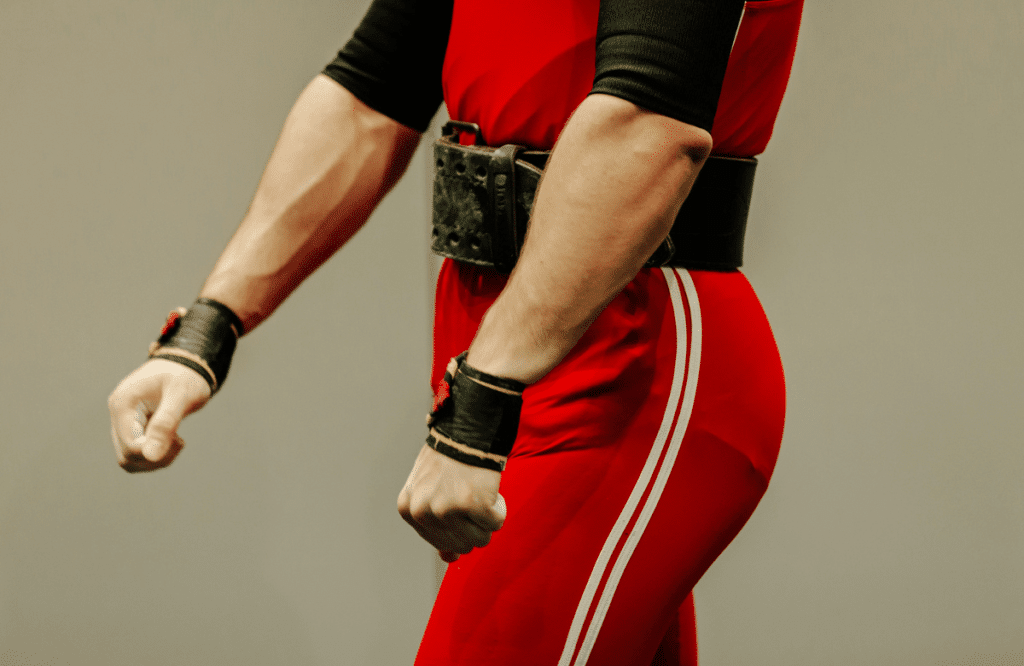
So What Does The Weightlifting Belt Do?
In short, the belt decreases the level of stress on the lower back by compressing the abdominal cavity and creating abdominal pressure. This pressure allows the spinal erector muscles to exert decreased force while lifting, which is very helpful in increasing your load or simply lifting more efficiently and with better form.
It also eliminates the chance of hyperextension during the lifting process. Hypertension itself is when the joint moves away from its usual position and can be very painful. The belt is a great tool to make your heavy lifts safer, as it also helps build confidence and can only do more good than harm.
When We Advise You Wear a Weightlifting Belt
More Weight
We recommend strapping on a weightlifting belt when you’re adding more weight to your bar since your body isn’t used to the heavier weight yet. You can try the belt on with one set and then without on another set to see the difference, but starting with the belt on is going to be the safest option.
Injury Prevention
A lifting belt is great at combating imbalances between your legs and core. Especially with a good breathing technique and increasing intra-abdominal pressure, you’ll be able to lift that heavy load without all the aches and fear of injury. However, do keep in mind that wearing a belt during strength training has been known to increase blood pressure, so avoid wearing it for longer than necessary periods if you struggle with elevated blood pressure.
Getting Past a Plateau
Once you start lifting higher, you’ll likely see yourself go stagnant once in a while. Lots of people get stuck and have trouble increasing their load. If that’s the case, a huge benefit of using a lifting belt will not only help you reach your goals, but it will build your confidence. It’ll give you that extra little push you need to get you where you want to go.
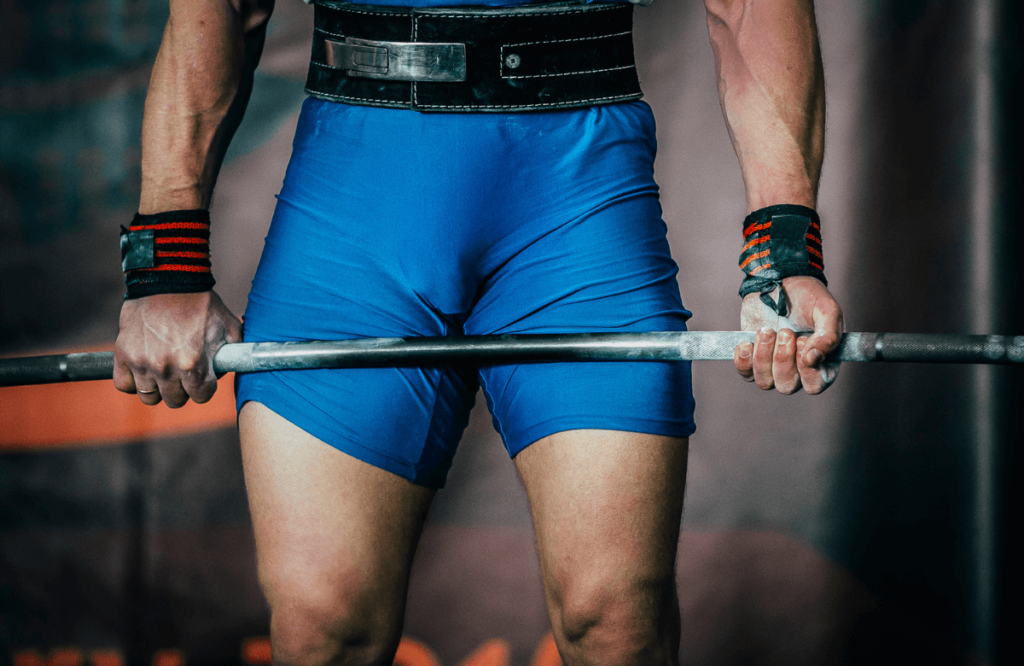
When We Think You Don’t Need a Belt
You’re New To Lifting
Wearing a belt while lifting isn’t necessary. If you’re doing an exercise like a wide lateral pulldown, a belt won’t provide any assistance. It also isn’t a good idea to wear a lifting belt as a newbie lifter. If your body never gets used to bracing its abdominal muscles it’ll be significantly weaker and hurt the development of your natural core musculature.
You Want To Use It Every Time
If you use your lifting belt every time you lift, you’re not only going to weaken that core strength, but you won’t see any ergogenic performance benefits. It’ll be as if you’re not wearing a belt at all and then in that case there’s no point besides it looking kind of cool on you.
You’re Not Using A Heavy Weight
If you’re new or you’re just going light and not doing any heavy lifting, you don’t need a belt. If there’s no strenuous pressure on your body then using a belt is a waste of time and energy. If you’re not sure if you need a belt for your next set, give it a try and if you can’t complete your set then consider wearing the belt, otherwise keep it in your gym bag.
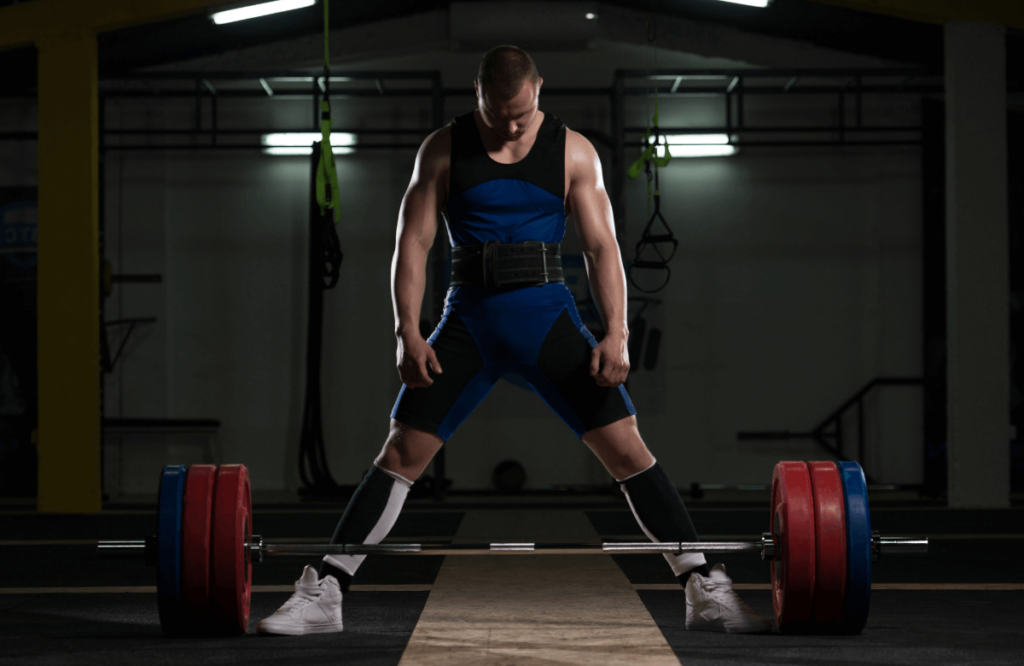
Factors to Consider When Choosing a Lifting Belt
Material
Lifting belts are made from either nylon, suede, or leather. Nylon belts are typically more adjustable due to the velcro that it’s paired with while the suede and leather options are firmer and provide more support. Most lifters use and prefer leather belts because they have a long lifespan and are just overall more reliable.
Thickness and Width
The key here is to find a good balance between thickness and width. For new belt wearers, if it’s too thick they might stop using the belt and if it’s too small then you’re lacking in support. And since everyone’s body is different, you might need a thinner belt simply just due to your size. The best option here is to try as many variations of belts and belt types as you can and see what works best for you.
Prongs, Velcro, or Leather Belts
Velcro belts offer the least amount of support, though their advantage is you can adjust the belt exactly where you want, and are typically the most comfortable. They’re also very easy to take off and on so if you’re wanting something quicker and easier to use, velcro belts are a great option.

If you want more stability and support than a velcro belt, try single or double-prong belts. However, this type of weightlifting belt doesn’t do much in terms of adjustment and can be slightly difficult to get off and on. The single-prong belt is the most common, but many believe that the double-prong is better at distributing more pressure evenly.
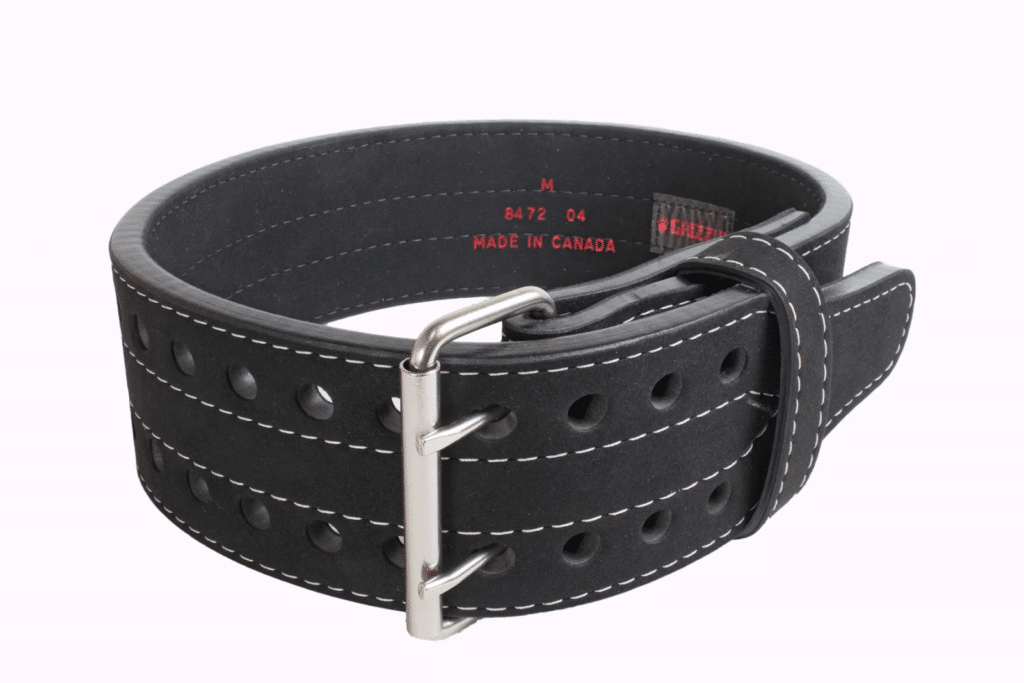
Lever belts (the ones made from leather) are easier to put on than prong belts but to adjust the size you need a screwdriver which can be inconvenient to some and not to others. These are said to be more long-lasting and are much sturdier than the other belts.

Olympic vs. Powerlifting Belt: What’s The Difference?
Firstly, you don’t have to be in the Olympics to wear an Olympic-style belt. The difference with these guys is they are made of a more flexible material to make it easier for accomplishing lifts like the snatch and clean and are normally a little wider in the back for more support. These are a favorite among Crossfitters as well.
The powerlifting belt (also known as the weightlifting belt) is usually 4” in width all the way around. They are stiffer and thicker belts and are primarily used for squats and deadlifts. Besides those tiny differences, they’re very similar.
How to Wear a Weightlifting Belt
The belt must be worn very snug to maximize usefulness. If you feel it cutting into your skin or pinching to the point it’s distracting you from your lift then it needs to be adjusted. And if you can fit a hand or fingers in it’s definitely too loose so tighten it.
Really there is no specific, perfect measurement for lifting belts. Just make sure it’s tight, not rubbing or hurting you in any way. This is a tool to make you more successful, not cause injury.
Also, remember to take a deep breath just as you descend into a squat while pushing against the belt for stronger bracing and a proper bracing technique. This will help you achieve proper form during your lift and give additional stability.



